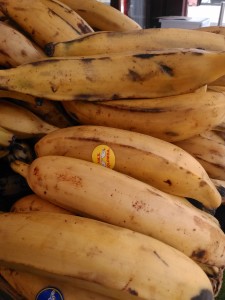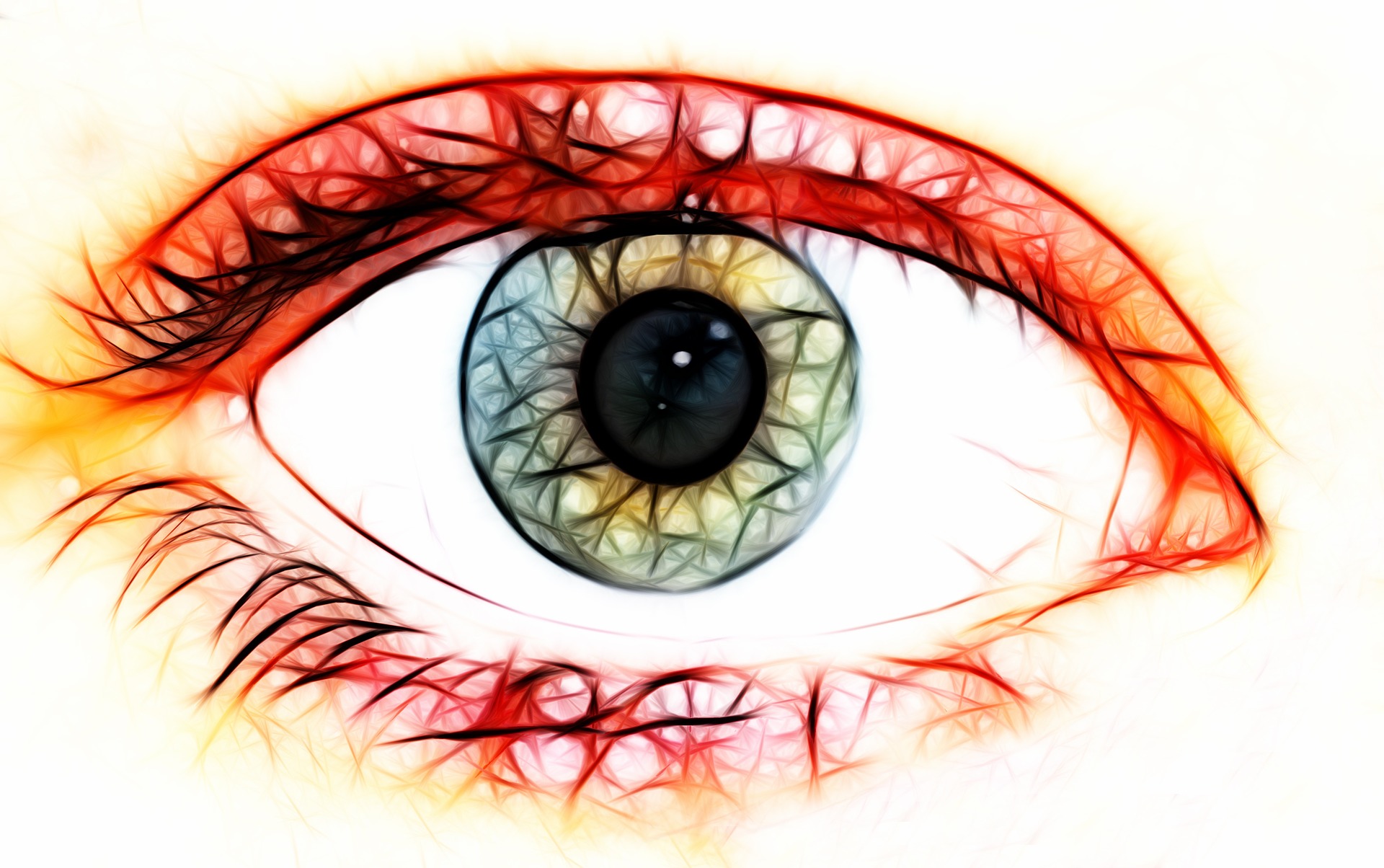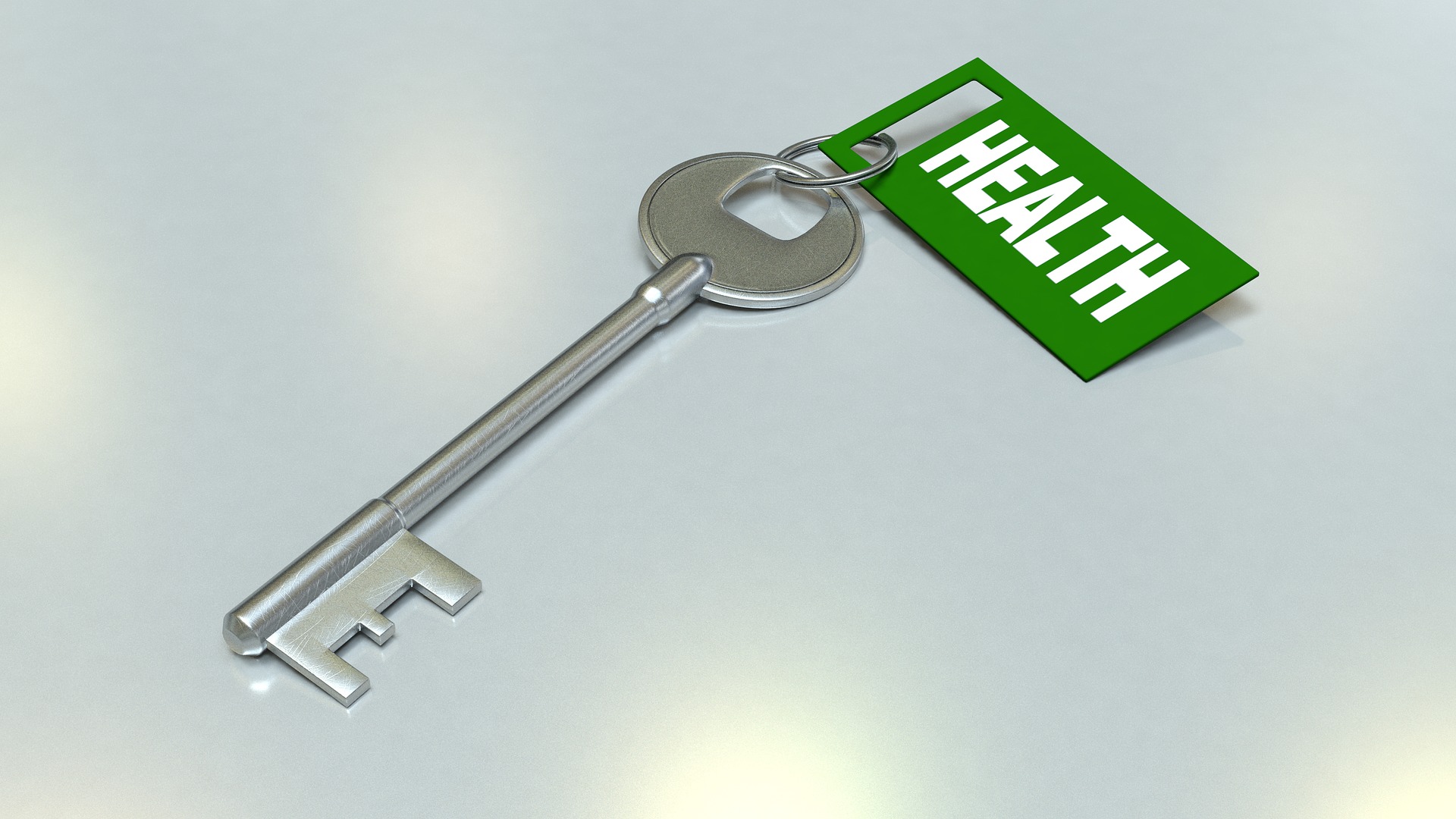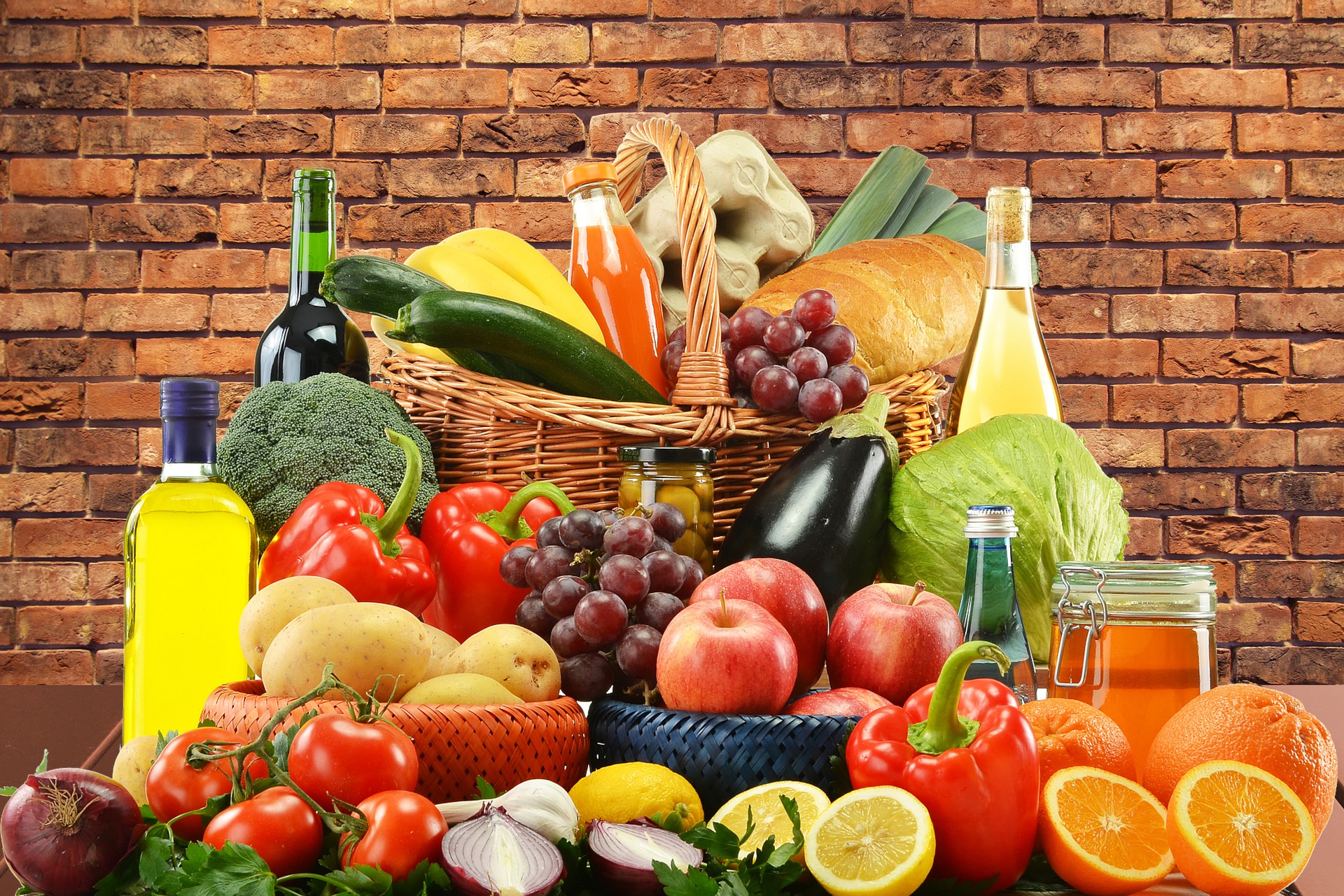
SICKLE CELL AND PLANTAIN
Plantain is quite different from dessert banana, being taller and larger and more drought tolerant. It is a perennial herbaceous plant that develops from the underground rhizome. Like bananas, it too flourishes well under tropical moisture-rich, humid low-lying farmlands.
Plantain is rich in fiber and adequate amount of dietary-fiber in the food helps normal bowel movements, thereby reducing constipation problems.
Fresh plantain have more vitamin C than bananas. Consumption of foods rich in vitamin-C helps the body develop resistance against infectious agents and scavenge harmful oxygen-free radicals.
The most abundant nutrient in plantains is carbohydrate. Each medium-size plantain contains approximately 57 grams of total carbohydrates, with almost 27 grams coming from sugar.
Plantains carry more vitamin A than bananas. Besides being a powerful antioxidant, vitamin A plays a vital role in the visual cycle, maintaining healthy mucus membranes, and enhancing skin complexion.
As in bananas, they too are rich sources of B-complex vitamins, particularly high in vitamin-B6 (pyridoxine). Pyridoxine is an important B-complex vitamin that has a beneficial role in the treatment of neuritis, anemia, and to decrease homocystine (one of the causative factors for coronary artery disease (CHD) and stroke episodes) levels in the body. In addition, the fruit contains moderate levels of folates, niacin, riboflavin and thiamin.
They also provide adequate levels of minerals such as iron, magnesium, and phosphorous. Magnesium is essential for bone strengthening and has a cardiac-protective role as well.
Fresh plantains have more potassium than bananas. Potassium is an important component of cell and body fluids that helps control heart rate and blood pressure, countering negative effects of sodium.
http://www.nutrition-and-you.com
There are three major points of ripening that make plantains versatile food to prepare:
- Green plantains: When plantains are green, the pulp is fairly hard and sometimes the peel must be removed with a knife. At this stage, they are starchy and not very sweet, similar to a potato. This is the best time to make plantain chips.
- Yellow plantains: Slightly sweeter than green plantains, yellow plantains are mature and most often made into fried plantains. They’re best fried, cooked, boiled or grilled.
- Black plantains: Despite their color, black plantains are still good to eat. They are the sweetest and softest at this point and are typically baked and eaten as a dessert.
www.draxe.com







